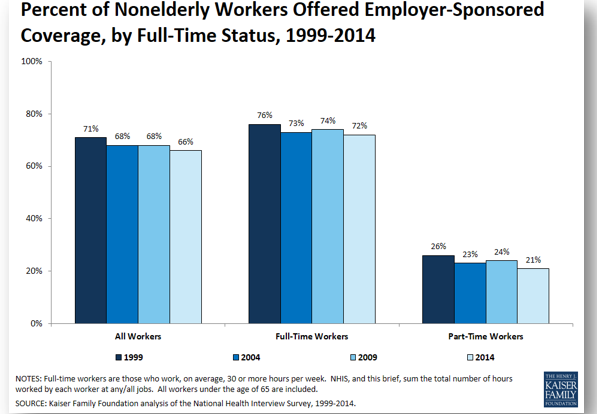Research Objective
The research objective is to identify what issues the company needs to address to improve the quality of its service operations. An additional target is to identify effective methods for forecasting service demand for B2B and B2C segments and understand the differences between the two sectors. The second objective is subordinate to the first, as it may address one of the issues causing the service quality underperformance.
Final Report Audience
The final report’s audience will be the company’s management, which will receive suggestions regarding how service may be improved. They expect to see a detailed analysis of the situation that leads to logical conclusions on how the problem may be remedied. Additionally, they would like to see two forecasting models formulated, one for B2B service and another for B2C, with the differences explained.
Main Research Questions
There are five research questions, which are presented below:
- Do the employees in the service department lack the skills they need to perform operations?
- Does the service department have adequate workforce to satisfy service demand?
- Are the demand forecasting models currently used for service accurate?
- What are the determinants of service demand for businesses that work with Computer Inc.?
- What are the determinants of service demand for Computer Inc.’s customers?
Dependent and Independent Variables
The dependent variable would be the proportion of service demand that is met. Meanwhile, the independent variables are the number of service sector employees and their competency levels.
Causal Model and Regression Equation
Service Department Performance = α + β1 (number of employees) * β2 (employee skill level) + β3 (forecasting effectiveness) + e

Data Collection Methods
Customers would be surveyed about their issues, and companies would be asked to provide data about issues with their devices. Employees would be interviewed in an open form with questions prepared in advance about their concerns.
Sampling Frame
The study’s research audience will be its customers, both individuals and businesses. Twenty companies will be contacted and asked about their service needs, and a market research firm will be hired to study the B2C market, as, for forecasting, it is necessary to encompass as many people as possible (Schindler, 2019). An additional audience will be Computer Inc. employees in the service department, all of whom will be included in the study provided they agree.
Collected Data ANOVA Test
The ANOVA test can be used for groupings of companies that work with Computers Inc. and expect it to provide service. They can be separated based on their industries, and the researchers will try to determine whether these differences inform variety in electronic device usage.
Potential Areas of Error
The first area of error can be sampling bias for partner companies, as it may not necessarily be representative of the whole. The second would be interview design, as it may include questions with an implicit bias. The third is the social desirability bias, as employees may avoid giving answers that may be seen as critical of the company. Finally, the fourth would be measurement bias when evaluating employee abilities to provide care.
Questions to Ask
- Do the service department workers have enough resources to fulfill service requests?
- Do you get assigned tasks that you are not qualified for often?
- Have you received any advanced training or opportunities to participate in it from the company?
- Do you experience pressure to finish tasks quickly and proceed to the next one often?
Reference
Schindler, P. S. (2019). Business research methods (13th ed.). McGraw-Hill Education.